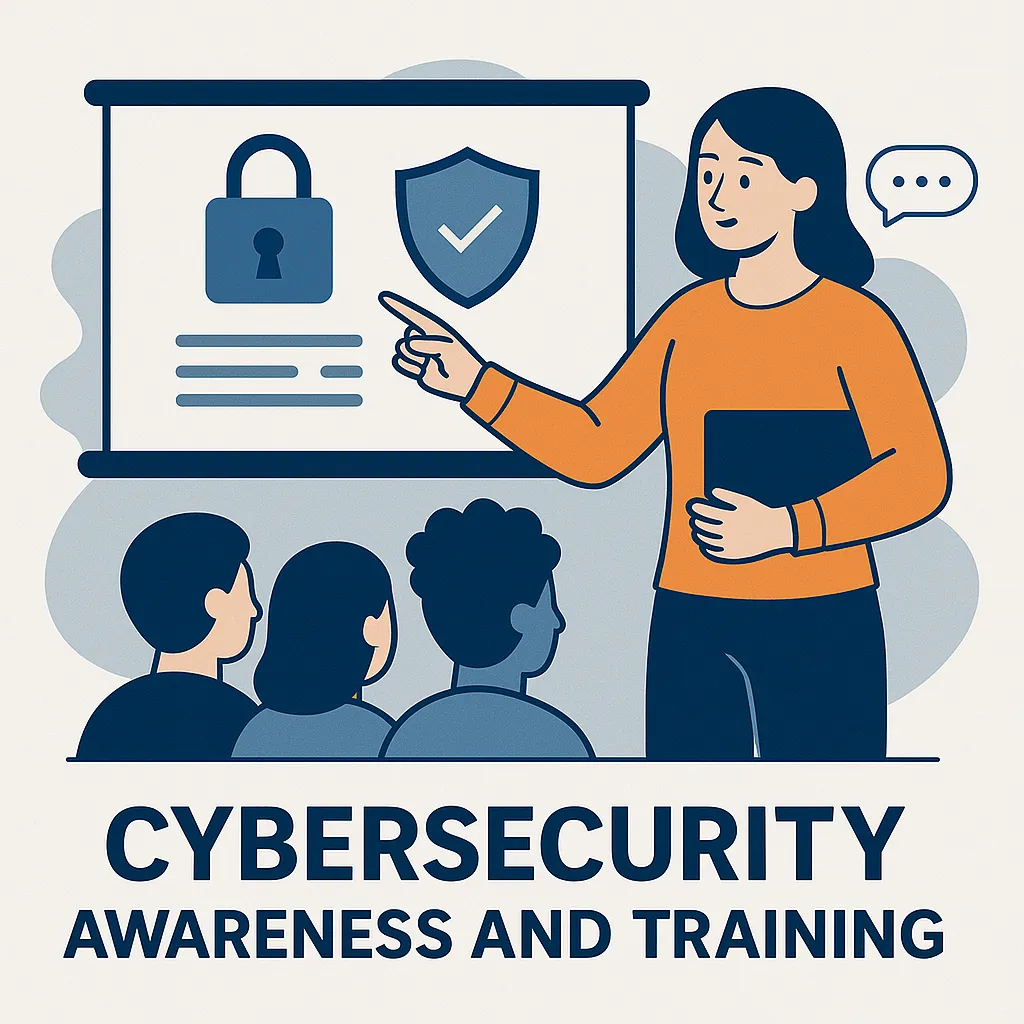The Evolution and Impact of Cybersecurity Training in the Modern Workplace
In an ever-evolving digital landscape, the importance of robust cybersecurity measures cannot be understated. For many organizations, the first line of defense against cyber threats involves training employees to recognize and respond to potential security breaches effectively. This blog post explores different methods of cybersecurity training and their effectiveness in fostering a secure work environment.
The Necessity of Cybersecurity Training
According to a recent report, companies invest in regular cybersecurity training to equip employees with the skills needed to identify malicious emails and create strong passwords. Despite these efforts, questions remain about the effectiveness and engagement levels of traditional training methods.
Innovative Training Solutions
Traditional training approaches are often seen as obligatory sessions that employees must endure. However, innovative training solutions such as those offered by Huntress Managed Security Awareness Training aim to transform these sessions into engaging and interactive experiences that promote a lasting security culture within the organization.
Cyber Range Training
Another progressive training approach is the use of cyber ranges. As noted in a 2020 article, cyber ranges provide a simulated environment where cybersecurity teams can practice responding to threats in real-time, thereby honing their skills in a practical and intense setting.
Strategic Cybersecurity Education
For those looking to deeply understand cybersecurity strategies, academic courses like the Online Certificate in Cybersecurity Strategy at Georgetown SCS offer a structured educational path that aligns cybersecurity measures with overall business strategies.
Tangible Benefits of Effective Cybersecurity Training
Studies and real-world evidence support the notion that well-implemented cybersecurity training significantly reduces the risk of security breaches. By empowering employees with the knowledge and tools to recognize and mitigate risks, companies can maintain a stronger security posture.

